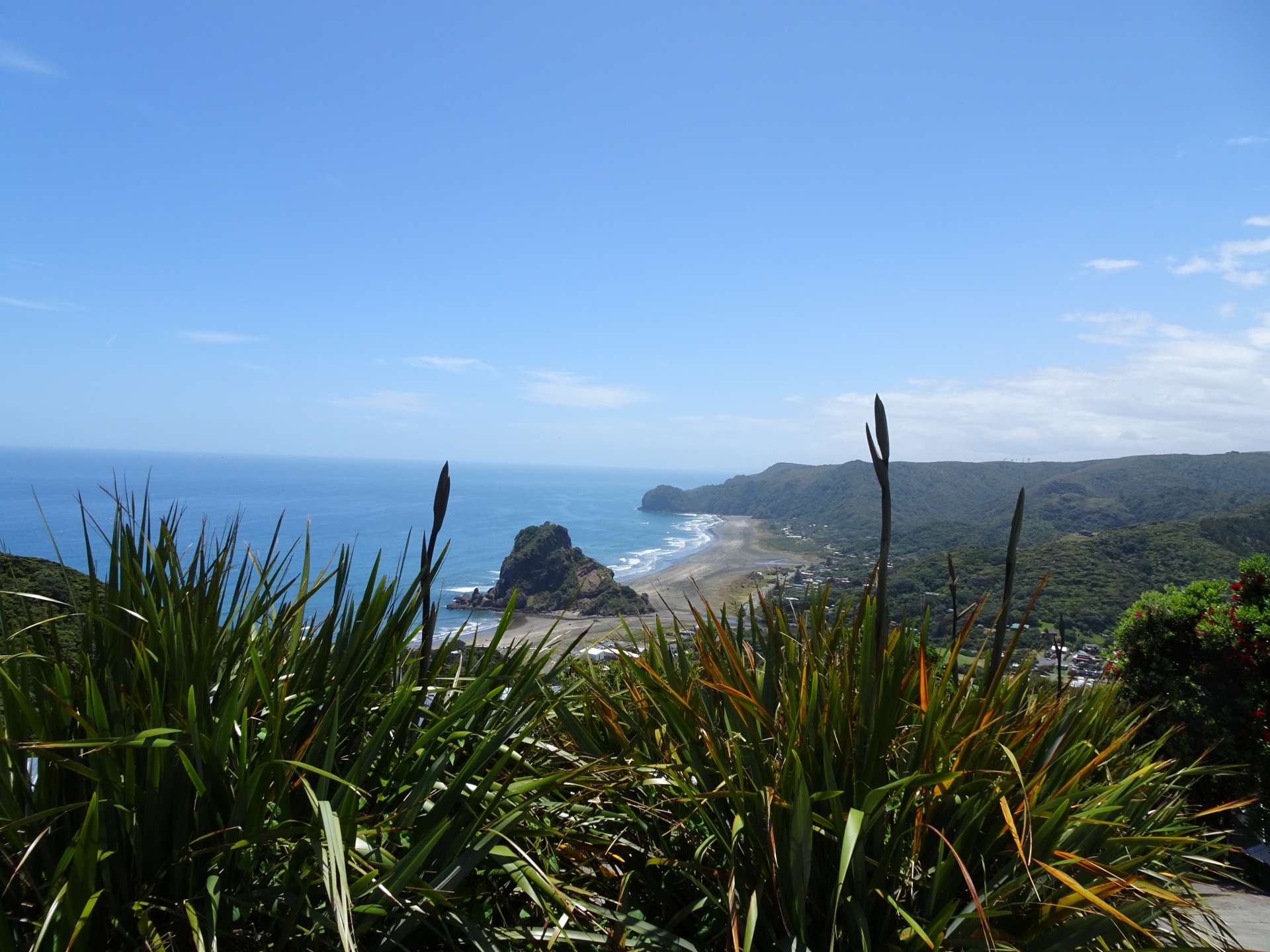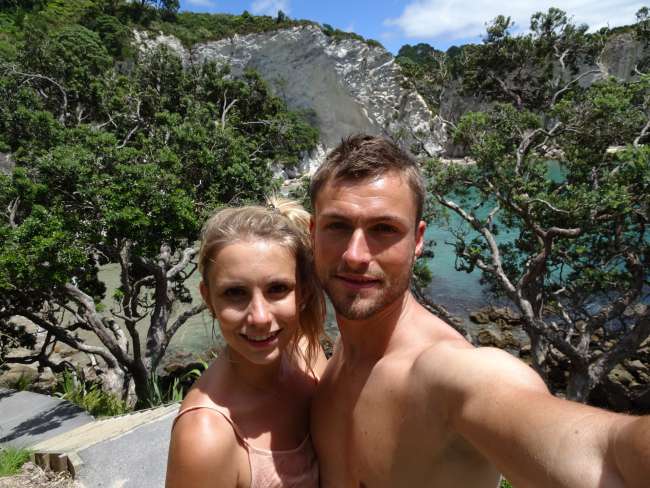
judithundwillaufentdeckungsreise
vakantio.de/judithundwillaufentdeckungsreise
One week in Cambodia
Нийтэлсэн: 06.03.2017
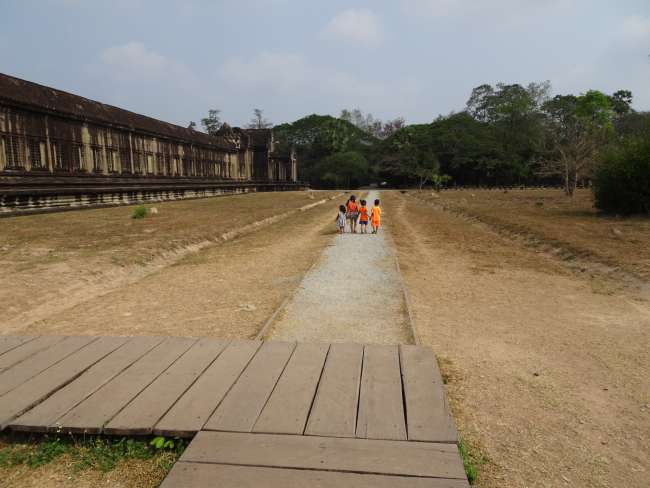
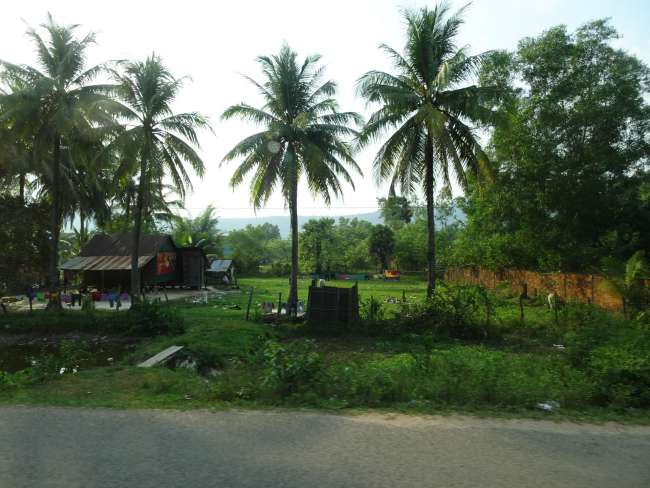
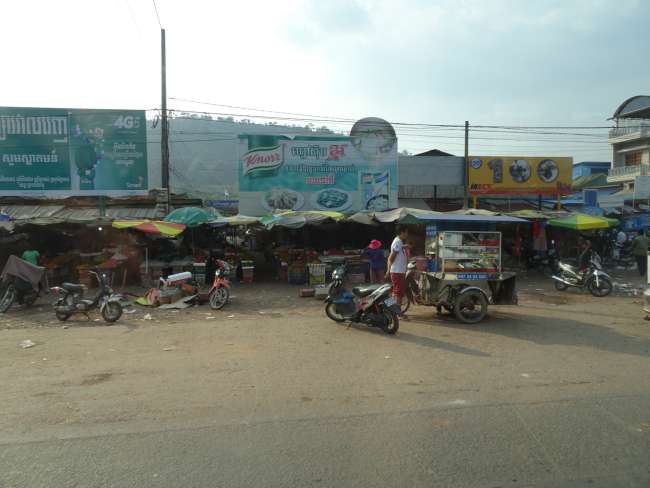
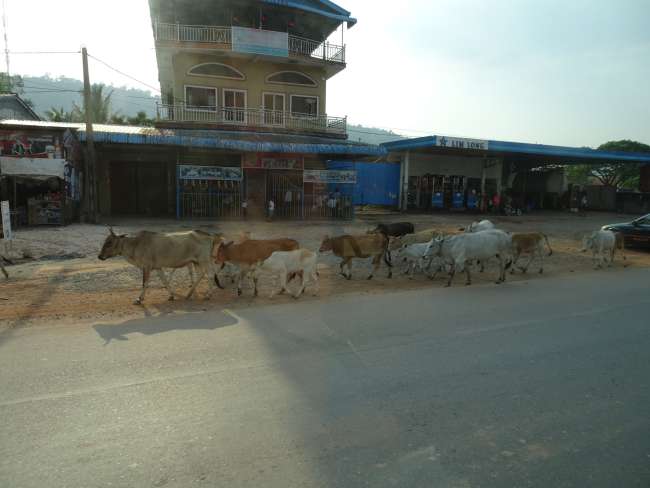
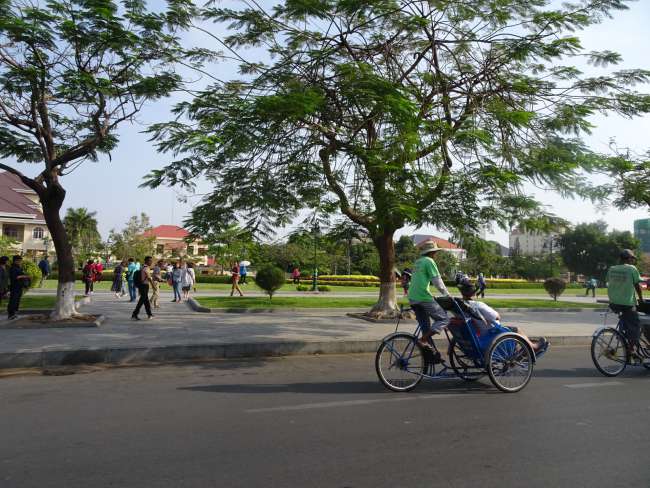
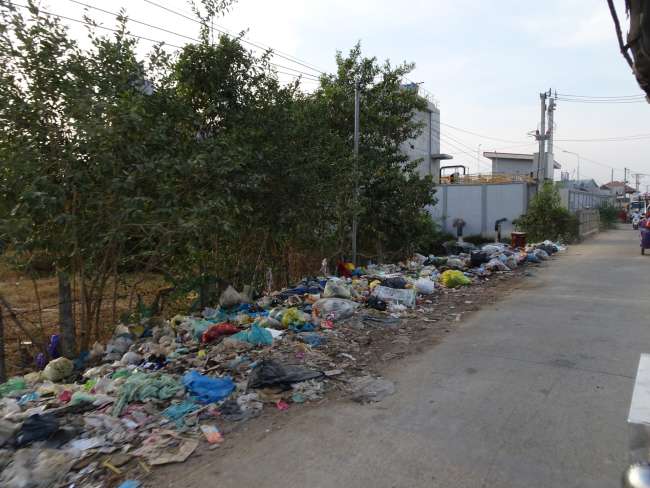
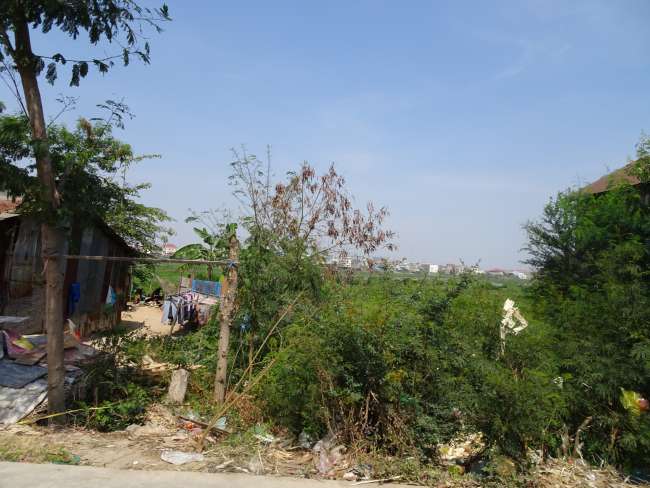
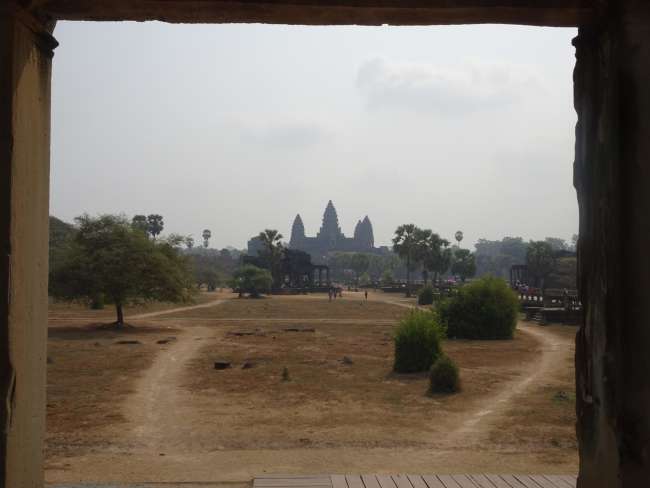
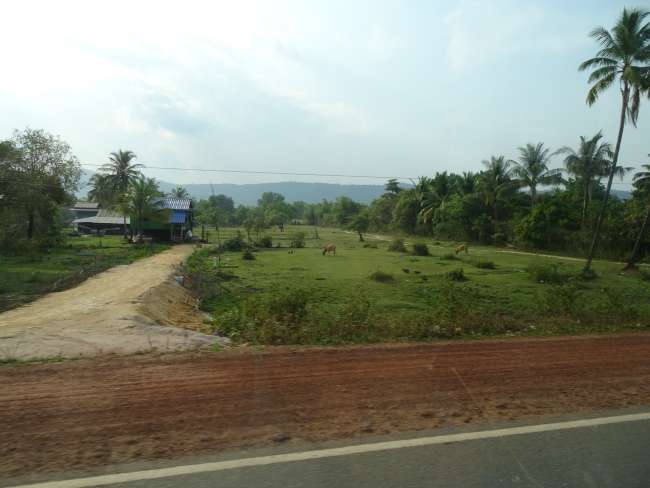
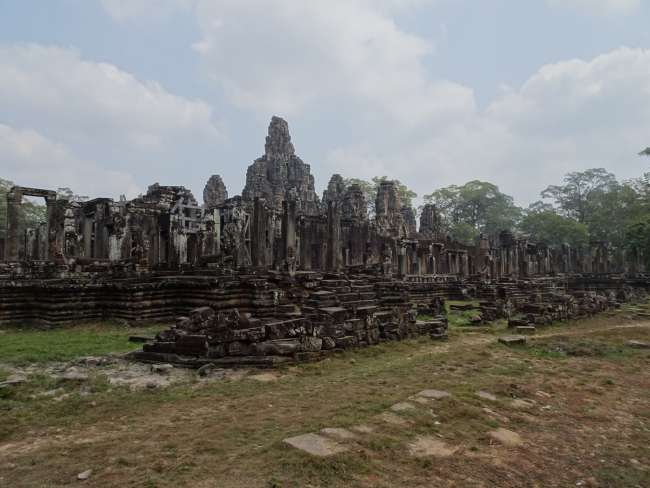
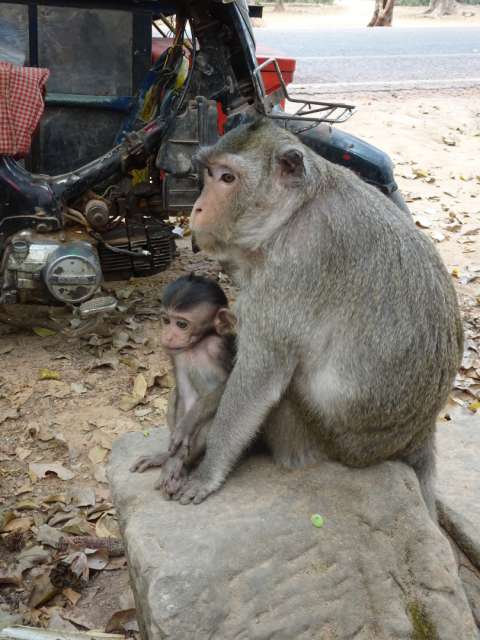
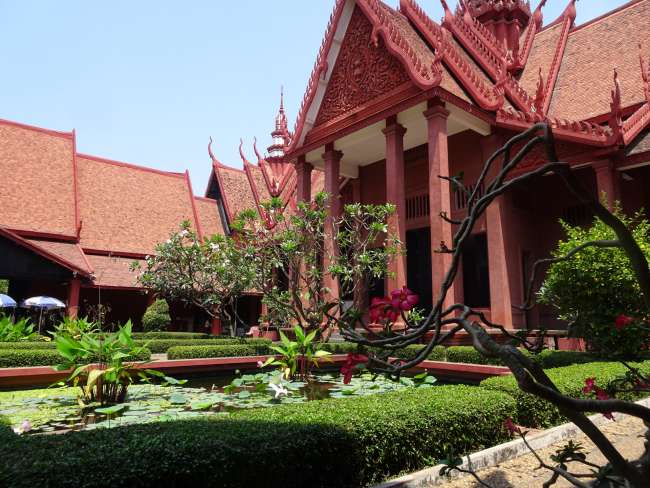
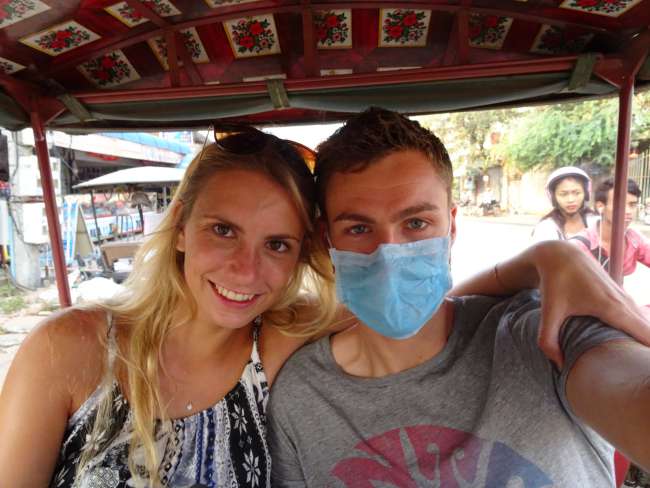
Мэдээллийн товхимолд бүртгүүлнэ үү
After finishing our Vietnam trip in the relaxed resort on the island, we took a ferry and several minibuses towards Cambodia. We could obtain the visa for Cambodia near the border for $35 from a small café with a travel agency. From there, we were taken to the border in another minivan. Everything was a bit chaotic as no one knew what was going on and our passports, collected in a plastic bag, were passed on to countless people. Additionally, a passport appeared whose owner was not present at the border. This caused a longer waiting time, so the café owner personally came to the border and sorted everything out. She moved around freely and had everything under control. Finally, we could continue. We had to wait again several times and walk a bit until the next checkpoint. It felt like an illegal border crossing with smugglers, but it was apparently all official. Despite the missing person and other chaos, it worked out well. After a four-hour bus ride in another very crowded minibus, where all the available space and storage space were fully used, we arrived in Sihanoukville.
Sihanoukville is the Cambodian version of a tourist seaside resort, which actually has quite nice but dirty beaches. While everything around the main pier seems to be more developed and probably has also attracted some Western and Chinese capital, there were still many Cambodians on the beaches a bit further away, who have created beach resorts with their limited resources.
On the one hand, this is very good because the locals themselves take on the role of entrepreneurs and are not only dependent on foreign money and management as simple employees. On the other hand, these accommodations and beaches are unfortunately also dirty and rundown and attract many foreign "budget" tourists - mixed feelings.
Here we took a day of rest and relaxation after entering Cambodia before continuing to the hustle and bustle of the city of Phnom Penh in another minibus (this time comfortable, normally occupied, and with air conditioning).
What we already noticed in Sihanoukville was confirmed there. The Cambodians are an incredibly funny and friendly people. While everything is significantly more expensive than in Vietnam, even though the people are noticeably poorer, we have only met honest and warm-hearted people who were very helpful. We feel very comfortable in Cambodia. Everything seems more content and harmonious to us than in Vietnam.
The inner parts of Phnom Penh look a bit tidier (not in terms of trash but in terms of general order) and not as chaotic as the neighboring Vietnamese cities, but that may be partly because the constant honking of the tens of thousands of mopeds and cars is partly prohibited here and somehow not as fashionable. The city center is arranged in a diamond shape with streets instead of alleys between the houses and appears exciting and diverse with its mixture of "local" dwellings, French colonial architecture, high-rise buildings, and occasional skyscrapers.
In the slightly outlying districts, poverty is more obvious, and prostitution is also a pervasive problem in both the outskirts and the city center. There are a variety of non-profit cafes and restaurants in Phnom Penh that provide young people who come from prostitution or the streets with a home, education, and thus a chance for a better future.
In Phnom Penh, in addition to exploring the city itself, we mainly focused on the fate of the Khmer people (the ethnic group to which the "Cambodians" mostly belong) under the terrifying regime of Pol Pot and the Khmer Rouge (known as "Khmer Rouge" due to the French influence).
Unfortunately, regarding the political background, one has to inform oneself essentially or we were lucky to meet a tuk-tuk driver who was very knowledgeable in this regard, experienced the regime himself, and lost his family. He explained the connections and events to us extensively and in detail. However, there are very well-made museums about the genocide and the cruelties committed by the Khmer Rouge against their own people. Nearly 4 million deaths in 3 years and 8 months of rule, officially ended in 1979, but supported by the UN (especially Americans and also Germans) until the mid-1990s.
The visit to the genocide memorial and the torture prison near Phnom Penh are indescribable in their cruelty and can only be compared to visiting a Nazi concentration camp. The entanglements of the Khmer Rouge with the United Nations, as well as those of former Khmer Rouge who then "liberated" the country together with newly reunited Vietnam, with the current government and the king who participated for decades, make one think deeply.
The only party standing for election in the regional and national elections is the communist People's Party, and according to our driver, their composition has changed very little since the liberation from France in the 1950s. Nevertheless, he still votes because, in his words, "before you is a tiger, behind you is a snake, so where do you go?" In his eyes, nothing will change, "same same always, government is rich, rich getting richer, poor stay poor". A sad conclusion from someone who regularly deals with this. According to him, Cambodia had its best time since the end of the Angkor Empire, which declined in the 13th century, under French colonial rule - somehow also terrible.
He also showed us some huge new building complexes in Western style and huge villas that also belong to government officials. If you do some research on the internet and believe it, a large part of Cambodian money and foreign aid apparently actually ends up in the private pockets of government officials. The country is at the top of the ranking of the most corrupt countries in the world.
The visit to Phnom Penh was really educational and beautiful. We also saw a few temples and the Royal Palace but only visited one temple further. The National Museum with an audio guide was also great, with a beautiful courtyard and an incredibly relaxing atmosphere, similar to a temple. Although the museum dates back to the colonial era, it is designed in the style of the Khmer temples and offers a lot of exhibits and information, especially about religious history. Overall, the Cambodian museums are not cheap, but they offer real informational value - even for foreigners. In Vietnam, the admission was often less than one euro, but there was usually little text and even less in Western languages.
Cambodia is really hot in March, with temperatures well above 30 degrees during the day and just below at night. We actually like the climate despite some humidity and it was still bearable in the cities despite the smog and dust.
In the minibus, we continued to Siem Reap after 3 nights, the city (with almost 200,000 inhabitants) next to the huge temple city of the Angkor Empire, which was built during the empire's heyday between the 9th and 12th centuries. In addition to the impressive and huge temples where thousands of people lived daily, we were also fascinated by the small and relatively tame monkeys that live there.
It is fascinating to see what a prosperous, powerful, and progressive people the Khmer once were, with sewer systems in the temples, etc. One almost gets the feeling that there hasn't been much positive development in the last 800 years.
After visiting 5 temples, all built in typical Khmer architecture from different centuries, which are essentially Hindu temples (Buddhism only became the dominant religion after the end of the Angkor Empire, before that, today's Cambodia was essentially influenced by India and extended well into present-day Thailand), we only explored the city center of Siem Reap today with its many markets on rented bicycles.
Tomorrow we will continue to Bangkok.
Мэдээллийн товхимолд бүртгүүлнэ үү
Хариулт
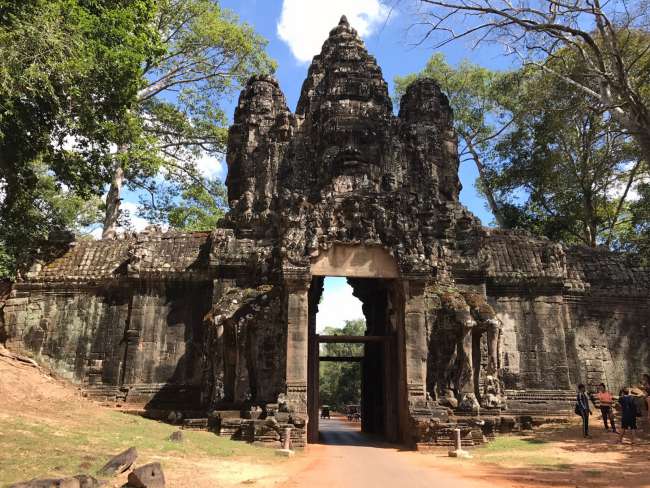
Камбож аяллын тайлан
